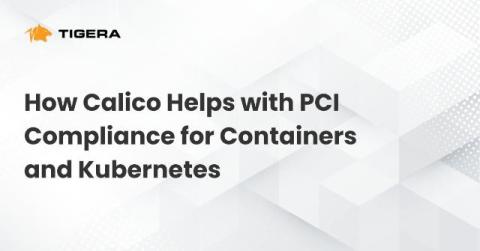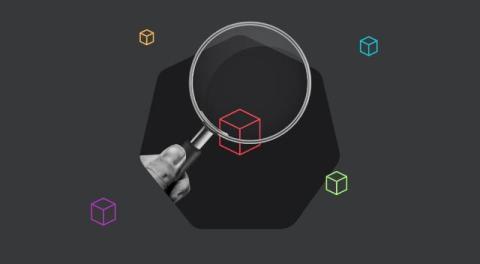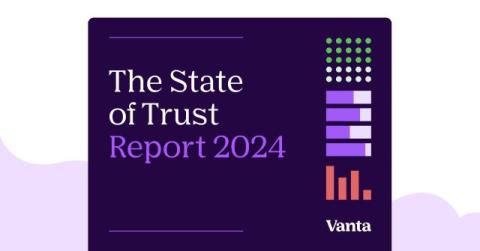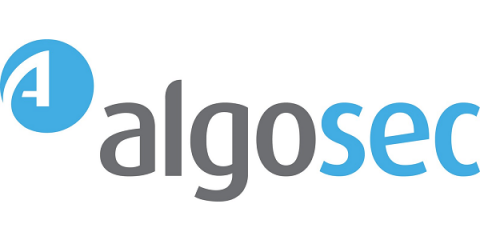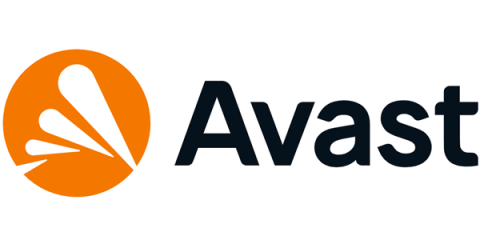External IP Addresses to Include in Pentest: Best Practices for Security Testing
Carrying out a pentest correctly is important for finding and fixing security holes in a company. Including useful external IP addresses is an important part of pentesting. Hackers can get into a company's network and possibly take advantage of vulnerabilities by using these addresses as entry points. Companies can make sure their pentests are thorough and useful by carefully choosing and ranking which external IP addresses to test.




